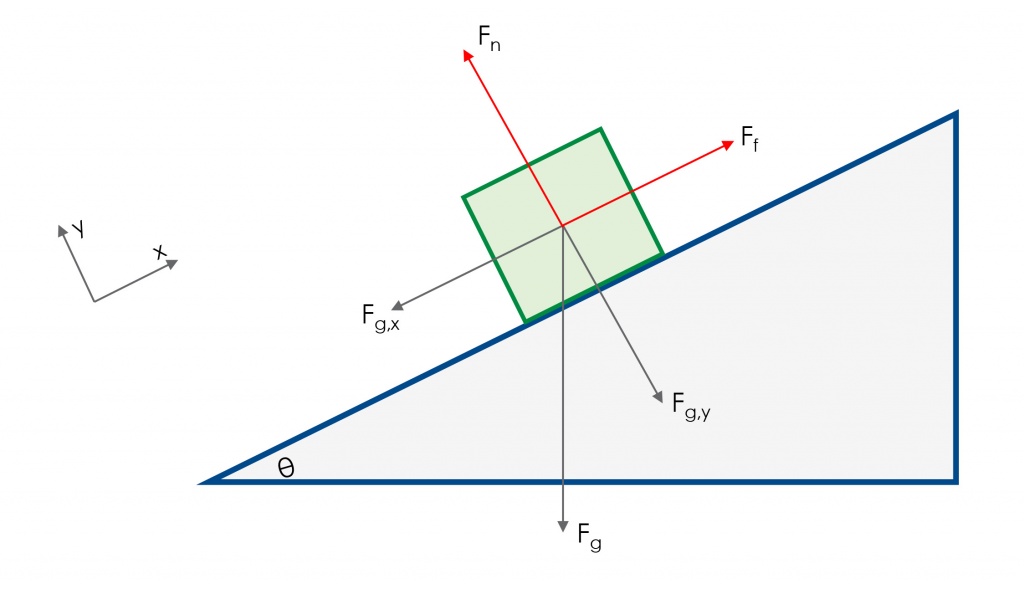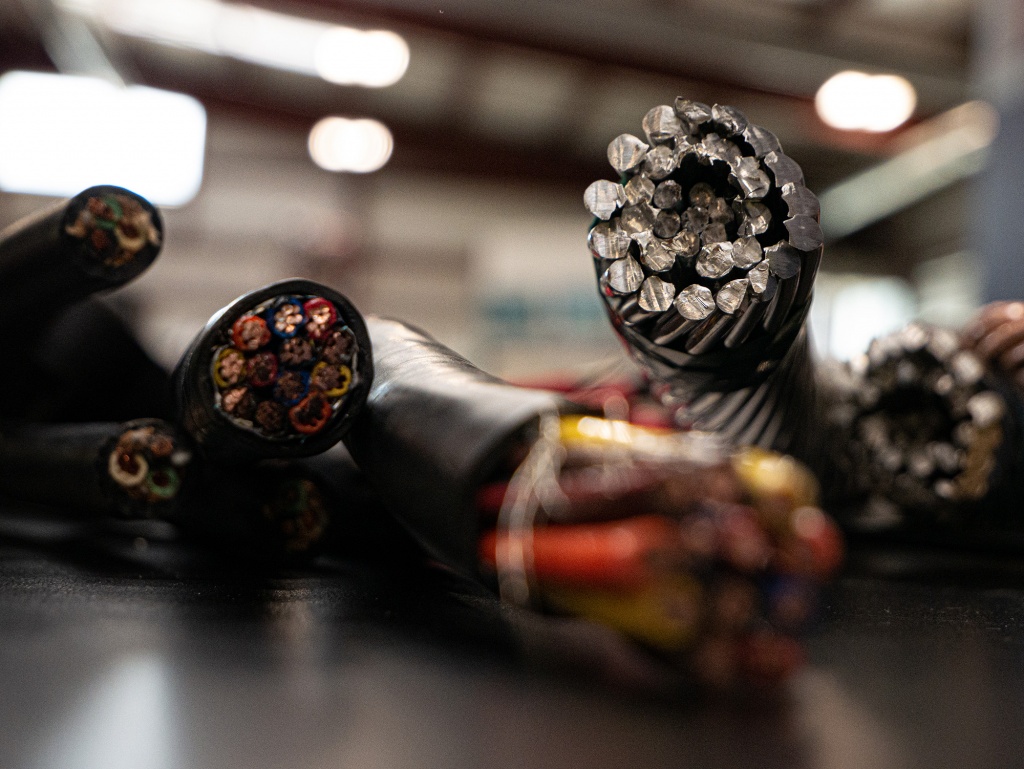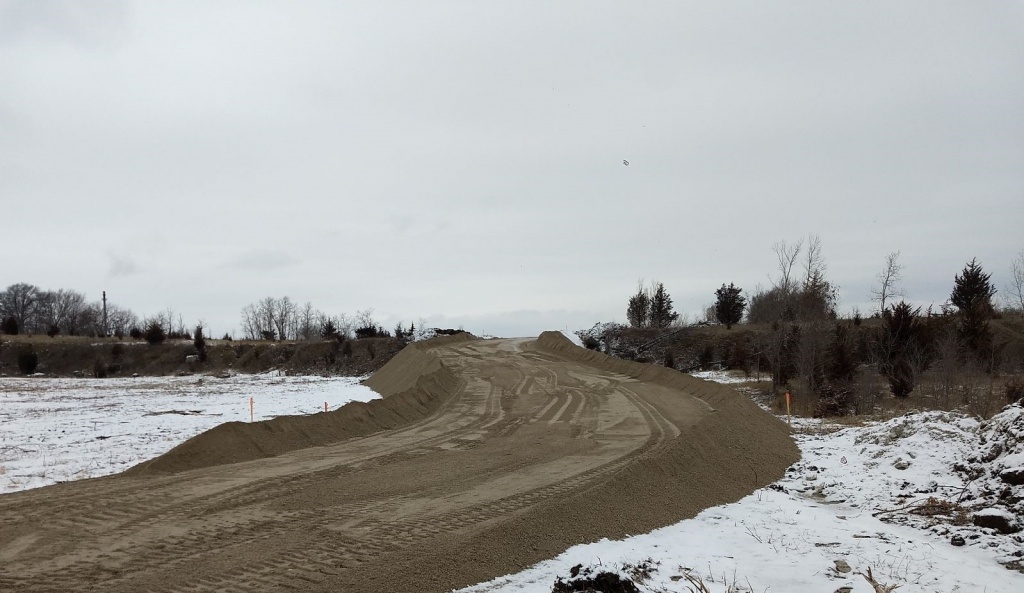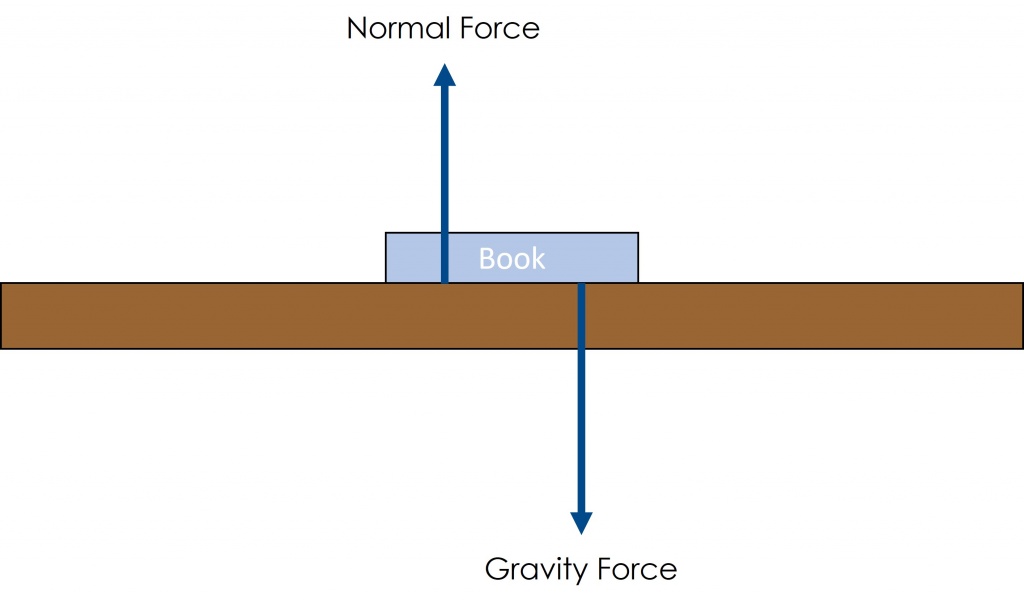ONE POWER FEED

SUBSCRIBE
CONNECT WITH US
News Filters
Filter By Category
A Day in the Life
Ask the Experts
Climb to the Top
Customer Announcement
Executive Thoughts
OPC in the News
Press Releases
Safety Minute
Science Shorts
Technician Talk
Tours and Community
Wind Energy Facts
Wind Study
Wind Views
March 08, 2023 – Wind Views | We Like to Move It, Move It


February 24, 2023 – Wind Study | Answer 3


February 22, 2023 – Wind Views | We don’t get our wires twisted.


February 20, 2023 – Wind Study | Question 3


February 10, 2023 – Climb to the Top | Kelli Griffiths


February 09, 2023 – Top Workplace Back-to-Back Champs!

The Toledo Blade released its annual list of Top Workplaces and One Energy was ranked second among the twenty-eight companies chosen for this category. We’re proud to be named one of the Top Workplaces in Northwest Ohio for the second year in a row!
February 08, 2023 – Wind Views | What do your tires say about you?


February 03, 2023 – Wind Study | Answer 2


January 30, 2023 – Wind Study | Question 2


January 25, 2023 – Wind Views | Going Gearless


WHERE WOULD YOU LIKE TO GO NEXT?











